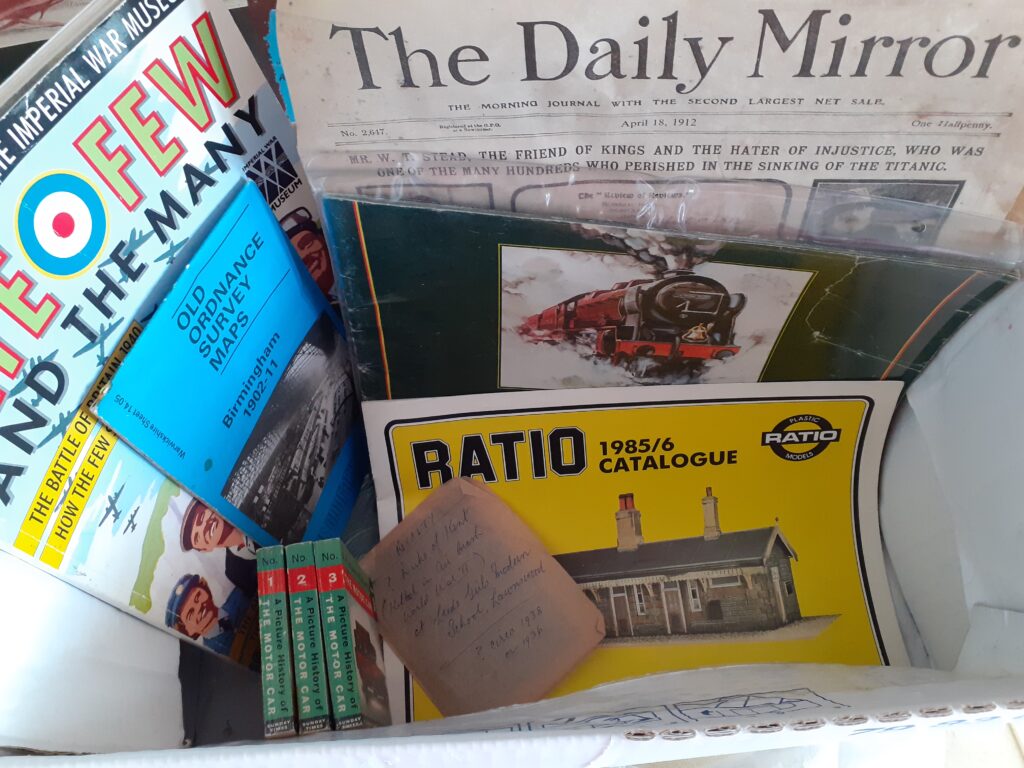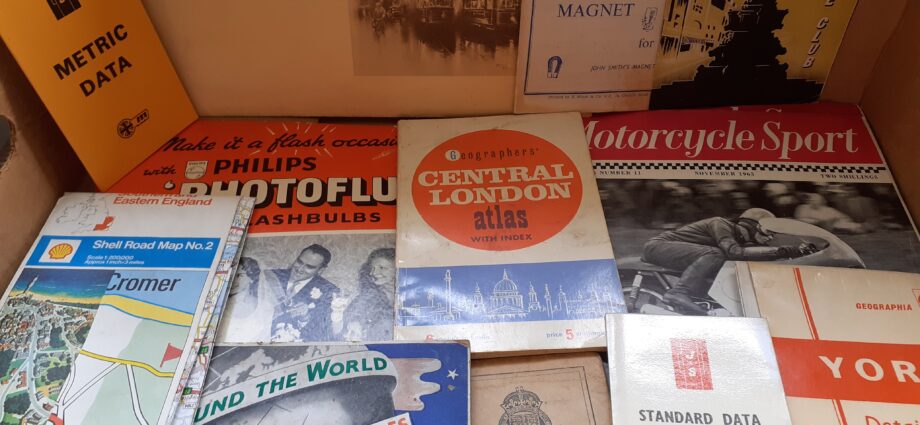Understanding Ephemera
Ephemera is a fascinating category of collectibles encompassing a wide array of transient materials, typically designed for short-term use and intended to be discarded after use. Despite their disposable nature, ephemera hold significant historical, cultural, and social value. Examples include tickets, brochures, postcards, posters, menus, playbills, and trading cards, among others. What distinguishes ephemera is their ability to capture moments in time, offering glimpses into past lives, events, and societal norms.
Ephemera are often characterised by their evocative design, vivid imagery, and informative content. They serve as tangible artefacts that document various aspects of human experience, from everyday activities to pivotal historical moments. Whether it’s a vintage advertisement showcasing the fashion trends of a bygone era or a political flyer from a significant campaign, ephemera provides unique insights into the past.
Furthermore, ephemera offer a multi-sensory experience, engaging not only visually but also through touch and sometimes even smell. Holding a century-old postcard or leafing through a vintage magazine transports individuals to another time, fostering a sense of connection with history and culture.
The Allure of Ephemera Collecting
The allure of ephemera collecting lies in its diversity, accessibility, and the thrill of discovery. Ephemera collectors, known as “ephemerists,” are drawn to the hunt for obscure pieces that shed light on forgotten aspects of society. Each item tells a story, whether it’s a souvenir ticket from a long-defunct amusement park or a handwritten letter documenting personal correspondence.
Moreover, ephemera collecting appeals to a wide range of interests and passions. Hobbyists may specialise in specific categories such as advertising, transportation, or entertainment, while others pursue a broader collection encompassing various themes. The vast scope of ephemera ensures that there is something for everyone, from vintage postcards for travel enthusiasts to sports memorabilia for avid fans.
Collecting ephemera is not only a hobby but also a form of cultural preservation. By rescuing these often overlooked artefacts from obscurity, collectors play a crucial role in safeguarding our collective heritage. Ephemera offers tangible connections to the past, allowing us to learn from history and appreciate the evolution of society over time.

The Importance of Preserving Ephemera
Preserving ephemera is essential for maintaining a comprehensive understanding of history and culture. These fragile artifacts are susceptible to damage from factors such as light exposure, humidity, and improper handling. Without proactive preservation efforts, valuable pieces of our shared heritage risk being lost forever.
Furthermore, ephemera provide valuable insights for researchers, historians, and scholars across various disciplines. They serve as primary sources for studying topics ranging from advertising and consumer culture to politics and social movements. By preserving ephemera collections in libraries, archives, and museums, we ensure that future generations have access to these invaluable resources.
Additionally, preserving ephemera honour the individuals and communities whose stories they represent. Whether it’s a handwritten diary detailing daily life or a vintage travel brochure showcasing a tourist destination, each piece contributes to a larger narrative of human experience. By safeguarding ephemera, we acknowledge the significance of these often overlooked artefacts and the voices they amplify.
In conclusion, ephemera are more than just disposable objects – they are windows into the past, repositories of cultural memory, and sources of inspiration. By recognizing their value, actively collecting them, and prioritising their preservation, we ensure that these ephemeral treasures continue to enrich our understanding of the world for generations to come.
Ephemera At Wildcard Curiosities
We have a large collection of various ephemera. Have a browse of our website, shop section by clicking on the link below:
